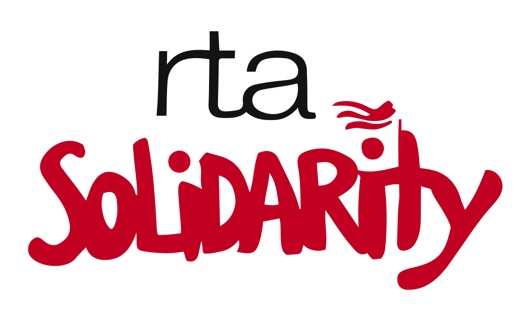
Tens of thousands of New York City public school children did not receive mandated special education services last year, the education department said in its annual report to the City Council on Wednesday, offering further evidence that eligible children are not getting the education the city is obligated to provide.
There are nearly 200,000 students in the city school system with individualized education plans, which means that they are supposed to get services for difficulties like speech impairments, emotional disturbance or learning disabilities. But many thousands of the children each year are not having their needs met.
According to the city report, 73 percent of students were described as “fully receiving” the classroom services they needed in the last school year — a significant increase from the year before, when just 59 percent of students were reported to have done so.
Despite that improvement, more than 48,000 students only partially received their services last year, or did not get them at all.
“We have made major investments to meet the individual needs of students with disabilities, including hiring more staff, opening new programs and expanding partnerships with providers,” Schools Chancellor Carmen Fariña said in a statement. “We are building on this work and improving our data tracking capabilities to ensure we deliver for students and families.”
Some New York City Students Not Getting Therapy Services, Report Says
The education department’s report came in the wake of one issued by the city’s public advocate, Letitia James, which found that many families who were given vouchers for special education services were unable to use them.
If a school does not have the staff to provide particular special education services, it has to look for a contractor who can deliver them. If one cannot be found, vouchers are issued to the parents, who are then responsible for finding a provider and getting their child seen outside of school.
Ms. James found that nearly half of the 9,000 vouchers issued for the 2015-16 school year went unused, in part because there were not enough therapists in some corners of the city, like the southeastern Bronx. A few weeks after the report was released, the families of two children who are entitled to special education services filed a lawsuit saying that the city’s education department had violated their right to a free and appropriate public education.
Children’s advocates who analyzed the education department’s data on Wednesday said they were struck by how little had changed. During the 2016-17 school year, there were 13,000 instances in which a mandated service, like physical or speech therapy, was not delivered, compared with about 12,500 the year before.
Maggie Moroff, the special education policy coordinator at Advocates for Children of New York, said that the lack of support for special education students shows up in their academic results, including standardized test scores.
“Kids with disabilities are doing far worse than kids in general education, and far worse than they could be doing if they were getting all the special education supports they should be getting,” Ms. Moroff said.
